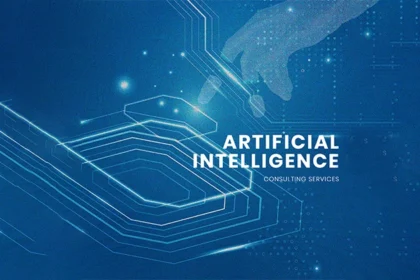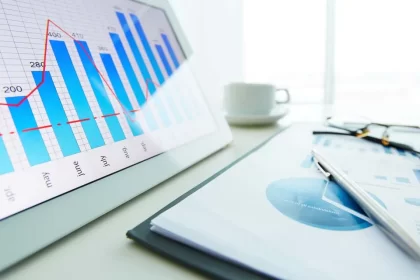Data visualization tools offer a more straightforward way for data visualization designers to create visual representations of vast data sets. Automating the process of making visualization makes the task of a designer simpler when working with data sets that contain massive data points. Data visualization software communicates information clearly and efficiently via statistical graphs, plots, and information graphics. Visualization helps users use dots or lines to analyze and reason for data, making complex data more accessible and understandable.
Similarities between the Best Data Visualization Software
There are a few things in common with the best data visualization software on the market. Their ease of use is first. For visualizing data, there are some incredibly complex apps available. Some are formed in ways that feel intuitive to the user and have excellent documentation and tutorials. Others are lacking behind in those areas, eliminating them from any list of “best” instruments, irrespective of their other capabilities. The best tools can also process vast sets of data. In fact, in a single visualization, the very best may even handle multiple sets of data.
The best tools are an array of charts, graphs, and maps. Both images and interactive graphs are in creation by most of the tools below. There are exceptions to the range of criteria for output, though. Some tools for visualizing data concentrate on a particular type of chart or map and do it very well. Among the “best” tools out there, those tools also have a place. There are, finally, cost considerations. While a higher price tag does not necessarily disqualify a tool, the higher price tag must be in justification in terms of better support.
Here’s a list of the best data visualization software
-
Tableau
Tableau is the grandmaster of data visualization software, and for a good reason. It is simple to use and can produce interactive visualizations far beyond those provided by general BI solutions. Tableau has a vast customer base of 57,000+ accounts across many industries. Thanks to the integration with many advanced database solutions such as Hadoop, Amazon, My SQL, SAP, and Teradata. It is particularly well suited to handling the vast datasets that in use with Big Data operations, including AI and ML applications. Extensive research and testing are making it efficient for Tableau to create visualizations and make them comfortable.
-
Qlikview
Qlik is the other major player in this space and Tableau’s largest competitor with its Qlikview tool. The provider has over 40,000 customer accounts across over 100 countries. It has a highly customizable setup, and full features are often cited as a critical advantage by those who use it. However, this can mean that it takes more time to get to grips with it and make full use of it. Qlikview provides vital business intelligence, analytics, and enterprise reporting capabilities, in addition to its data visualization capabilities.
-
FusionCharts
This is a very commonly used charting and visualization package based on JavaScript. It has established itself as one of the leaders in the paid-for industry. It can create 90 different types of charts and integrates with many platforms and frameworks, offering a lot of versatility. FusionCharts users can choose from a range of “live” example templates instead of starting new visualization from scratch.
-
Highcharts
It also requires a commercial use license, like FusionCharts, although it is a free version as a trial for non-commercial use. Its website claims that it is in use by 72 of the 100 largest businesses in the world. It is chosen when it is necessary to introduce a quick and scalable solution. There is a minimum need for training in professional data visualization before it comes into use. The emphasis on cross-browser support has been a key to its success in the data visualization software industry. It ensures everyone can access and run its interactive visualizations, which is not always true for newer platforms.
-
Datawrapper
Datawrapper is becoming a popular choice, especially among media organizations that often use it to create charts and present statistics. It has a simple, straightforward interface that makes it very simple to upload CSV data and create clear charts.
-
Plotly
Thanks to its integration with analytics-oriented programming languages like Python, R, and Matlab, Plotly enables more complex and sophisticated visualizations. It is built on top of JavaScript’s open-source d3.js visualization libraries. But this commercial package adds layers of user-friendliness and support and built-in support for APIs such as Salesforce.
-
Sisense
Sisense provides a complete stack analytics platform, but its visualization capabilities provide an easy-to-use drag and drop interface. It allows the creation of charts and more complex graphics with a minimum of hassle and interactive visualizations. It allows various data sources to be in compilation into one easily accessible repository. The data sources can come in questioning across dashboards, even through Big Data-sized collections. Dashboards are shared across organizations to ensure that even non-technically minded employees can find the answers to their problems.










